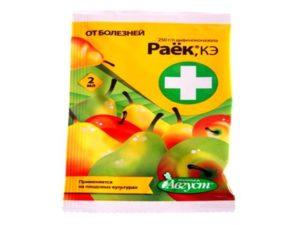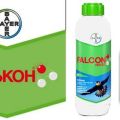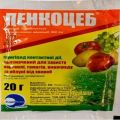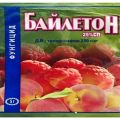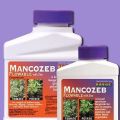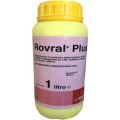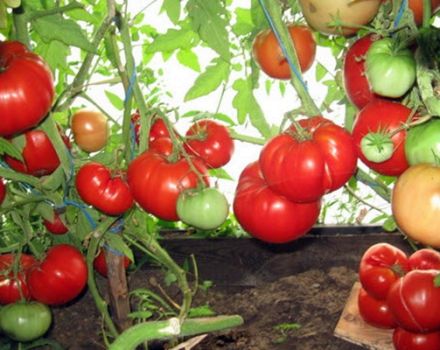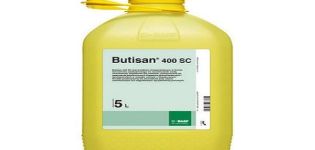Instructions for the use of fungicide Saprol, consumption rate and analogues
Saprol is a medicinal fungicide that is used to protect plants from the most common fungal diseases. The drug is considered completely non-toxic to insects, fish and animals, but it must be used with caution. Plants are processed in calm and dry weather. Before use, the fungicide is diluted with water according to the instructions. It is not recommended to exceed the dosage.
Content
- 1 Release form, composition and purpose of the fungicide Saprol
- 2 Mechanism of action
- 3 Advantages over analogues
- 4 Consumption rate for different plants
- 5 How to prepare a working solution
- 6 Instructions for the use of the fungicide
- 7 Precautions for use
- 8 Drug toxicity
- 9 Compatibility with other products
- 10 How to store it correctly
- 11 Similar drugs
Release form, composition and purpose of the fungicide Saprol
The chemical Saprol from the Japanese manufacturer Sumitomo is used to treat and protect plants from powdery mildew, scab, various types of rot, curliness, leaf blight, moniliosis, and rust. The emulsion concentrate is sold in bottles of 10-100 milliliters. The active ingredient is triforin.
The drug is diluted with water in the correct dosage and the plants are sprayed at the beginning of the growing season to protect them from possible fungal diseases. Saprol is used to protect vegetables, grapes, and fruit trees. This contact-systemic fungicide is allowed to be applied up to 3 times per season, until all signs of fungal diseases have completely disappeared.
Mechanism of action
The active substance triforin penetrates through the roots or leaves into the plant, exhibits a local effect. The drug inhibits sporulation. Once in cells, it suppresses the haustoria of fungi, inhibits the development of mycelium. Frequent treatments help get rid of the spider mite. For other insects, the fungicide is harmless.
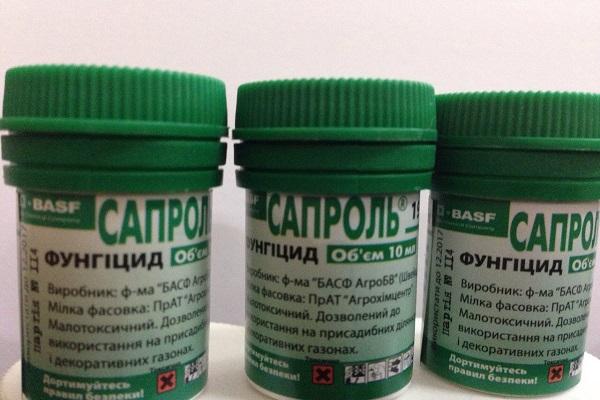
Advantages over analogues
Saprol is completely harmless to humans, birds, animals, fish. Within three weeks it completely disintegrates in the soil. The drug can be used as a prophylactic agent and for the treatment of plants against various types of fungi.
Saprol is used together with other pesticides and insecticides for the complex treatment of fruit and berry and vegetable crops.
Consumption rate for different plants
Dosage of the drug for different types of plants:
- For fruit trees. 15 ml of the drug is diluted with 10 liters of water. 2-3 treatments are carried out before and after flowering plants.
- For vegetable crops. 10 milliliters of the drug is diluted with 10 liters of water. No more than 3 treatments are carried out, observing an interval of 20 days. In case of severe damage, the concentration is increased: 15 milliliters of the product is diluted with 10 liters of water.
- For grapes. 10 milliliters of the drug is diluted with 15 liters of water. Up to 3 treatments are carried out per season.The waiting period is 30 days.
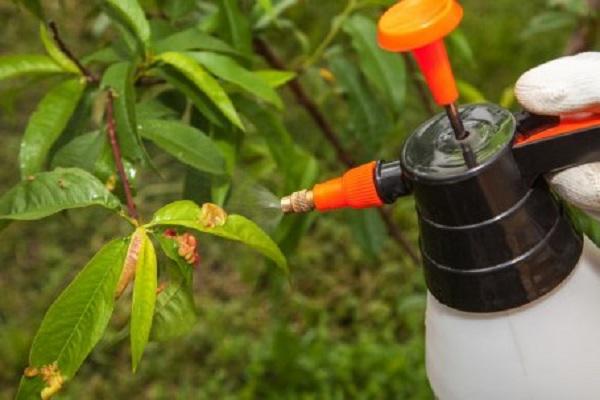
How to prepare a working solution
The suspension is dissolved in water according to the instructions. To prepare the solution, use a plastic container. Usually the contents of a 10 ml bottle are poured into a bucket of cool water. This solution is enough for 50-100 square meters of planting. The unused solution must be poured off the site.
Instructions for the use of the fungicide
Saprol can be used in spring - at the beginning of plant growth, in summer - before or after flowering. The working solution is sprayed on the plants and a little liquid is poured under the roots. Up to 3 treatments with this drug can be carried out in one season. The last time the plants are sprayed 25 days before harvest. Each subsequent treatment is carried out, observing an interval of at least 20 days.
Precautions for use
Saprol is non-toxic, but this chemical is prohibited from ingestion, it is used only against fungi. When working with concentrate and working solution, precautions must be taken. Do not inhale fungicide vapors. It is better to work with the substance in a protective mask and suit, in rubber gloves. After processing the plants, wash your hands with soap and water.

Drug toxicity
Saprol is not dangerous for earthworms, bees and soil microflora. Fungicide does not damage plants. The active substance of this agent does not cause poisoning of animals and birds. True, the chemical agent Saprol, according to sanitary standards, is prohibited from using on personal and subsidiary plots.
Compatibility with other products
Saprol is compatible with most pesticides as well as benzimidazole fungicides. Can be used in conjunction with herbicides and urea. The drug may be combined with insecticides, acaricides, and other fungicides for the complex treatment of vegetable and fruit crops.

How to store it correctly
Saprol is stored undiluted in its original packaging for 2 years from the date of manufacture. The optimum storage temperature is 15-22 degrees Celsius.
The chemical agent for the destruction of fungi must be kept out of the reach of children, away from food.
Similar drugs
In addition to Saprol, there are other fungicides with a similar composition and mechanism of action. For example, Denarin, Funginex. Triforin is the second name of the fungicide Saprol.
